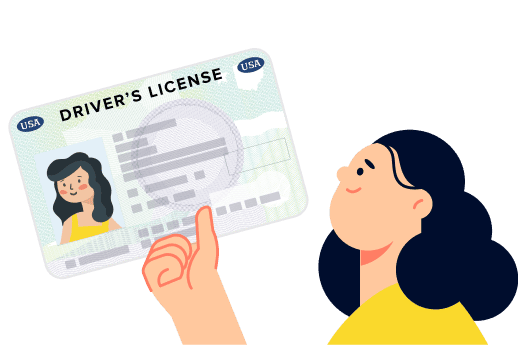We've added this question to your Challenge Bank™
All your missed questions are saved automatically for extra practice.




We save your wrong answers to help you master them after this test or later. Keep going — each mistake brings you closer to perfection!
Adding difficult questions to Challenge Bank™ is an exclusive Premium feature. Unlock access to 650+ exam-like questions, a Pass Guarantee, personalized study plans, and more.
Explore Premium benefits

All your missed questions are saved automatically for extra practice.
We’re glad you decided to take our free Illinois CDL Combination practice test! This practice test will help you prepare to pass the official CDL Combination Vehicles knowledge test. You should start by studying Section 6 (Combination Vehicles) of the official Illinois Commercial Driver’s License Study Guide (Illinois CDL Handbook 2025). Then by taking this practice test, you’ll absorb the relevant material and become more accustomed to being tested on it. The practice test is based on the official state CDL Study Guide, just like the official knowledge test. It’s up to date as of June, 2025 and has 30 multiple-choice questions. The questions and answers on this practice test will assess your understanding of such topics as combination braking systems, driving techniques, pre-trip inspections, and rollovers. However, this practice test differs from the official knowledge test in the extra features it provides to help you learn, including a hint and an explanation of the correct answer for each question, and an automated assistant for even more help.
There are three classes of Commercial Driver’s Licenses (CDLs): Class A, Class B, and Class C. A Class A CDL allows you to operate combination vehicles with a Gross Combination Weight Rating (GCWR) of 26,001 or more pounds, provided the Gross Vehicle Weight Rating (GVWR) of the unit being towed is over 10,000 pounds. To drive semi-trucks and tractor-trailers, this is the class of CDL you want.
All aspiring commercial drivers must pass the General Knowledge written test. But to obtain a Class A CDL and drive semi-trucks or tractor-trailers, you must also pass the Combination Vehicles knowledge test. Otherwise, your CDL will include a restriction prohibiting you from operating tractor-trailers, which would defeat the purpose of obtaining a Class A CDL. In fact, if you don’t pass that knowledge test, you won’t even be allowed to practice driving tractor-trailers.
Once you obtain a CDL and all the endorsements you need, you can start earning money as a commercial driver. Illinois (especially the Joliet/Elwood area) has one of the greatest intermodal transportation hubs in the country, including extensive rail and highway networks and airports for air freight. Illinois is a leading agricultural producer of corn, soybeans, and livestock. In addition, Illinois is also a leading manufacturing state. Major manufacturing sectors include chemicals, machinery, and food products. Truck drivers transport all these and other products.
Major trucking routes include but are not limited to Interstates 55, 57, 80, 90, and 94; U.S. Routes 20, 30, and 51; and Illinois Route 53.


questions
correct answers to pass
passing score
You’re moments from your results. Before viewing them, see how you can get your ELDT certificate and pass — at a fraction of what schools charge.




